Americans Born in the ’40s Probably Share This Name
The records from the 1940s show names that shaped entire classrooms and communities. Some choices had centuries of history behind them, while others seemed new and exciting. Parents balanced family traditions with changing tastes, and the Social Security lists from that era reveal how certain names took hold everywhere.
Here are some of the most widely shared names that defined that generation and continue to appear in family stories, old photographs, and archives across the country.
John and Barbara
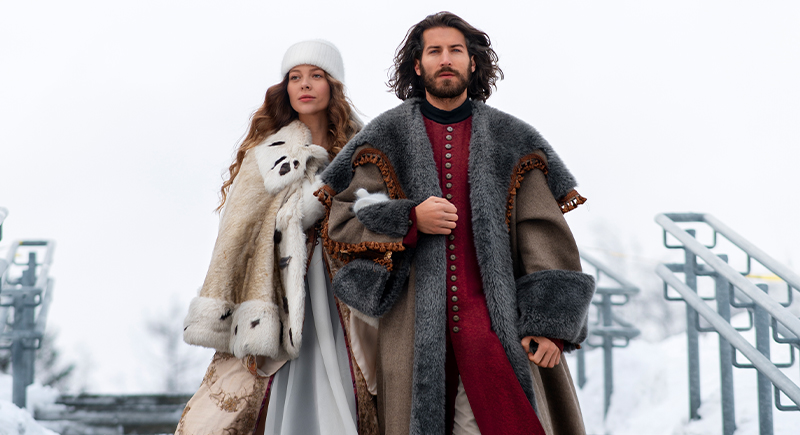
Credit: freepik
Parish records, school rosters, and immigration lists long before the 1940s show John as a steadfast choice. Individuals in that decade leaned on its simplicity and universal appeal. Meanwhile, Barbara, meaning “foreign woman” in its Greek roots, was loved for its bold sound and association with popular actresses.
James and Mary
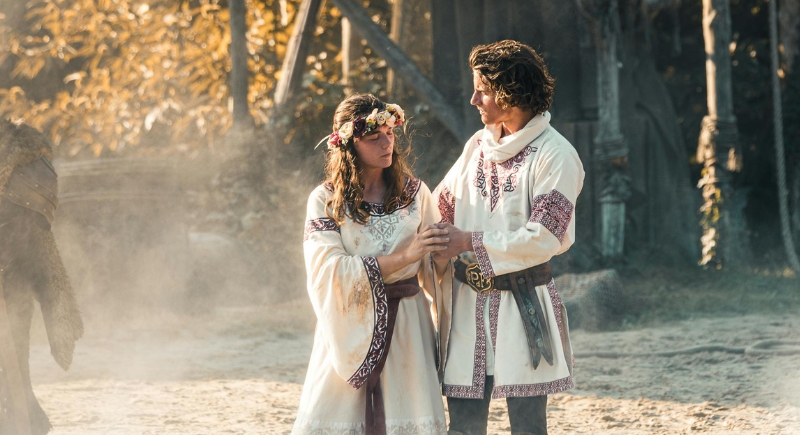
Credit: pexels
Back then, James and Mary dominated birth records and were proof that people trusted familiar choices that had been followed for generations. Today, James remains a steady favorite near the top of national lists, while Mary has slipped far down, showing how once‑unshakable traditions can fade as new naming trends take hold.
William and Patricia
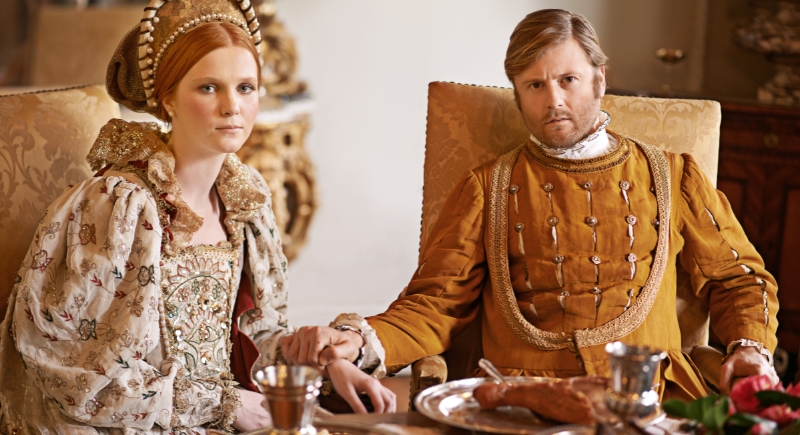
Credit: Canva
The meaning of William is “resolute protector,” a trait many parents admired in years shaped by dissent and recovery. Patricia translates to “noble,” which reflects a quality that was fitting for daughters expected to grow into women with grace and resolve. Birth data shows both names have cultural value placed on strength and dignity.
Robert and Linda
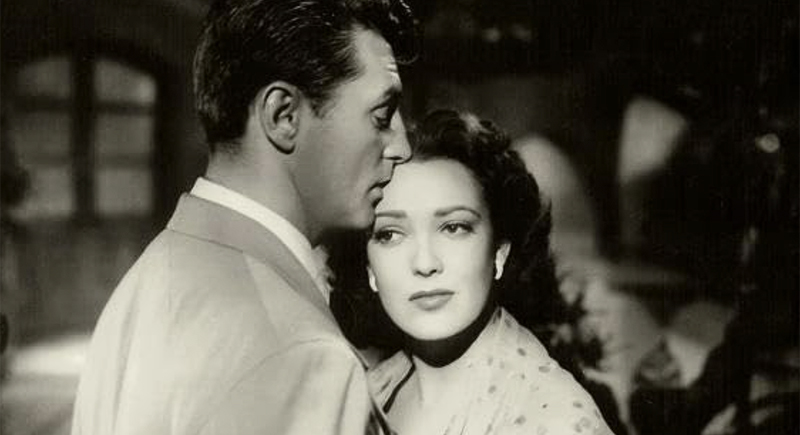
Credit: IMDb
There was a time when media exposure could push a name into near‑instant popularity, and Robert and Linda show exactly how that worked. The former offered friendly nicknames like Rob or Bobby, which were easy for children and adults alike. On the other hand, families embraced Linda’s soft, lyrical tone.
David and Sandra
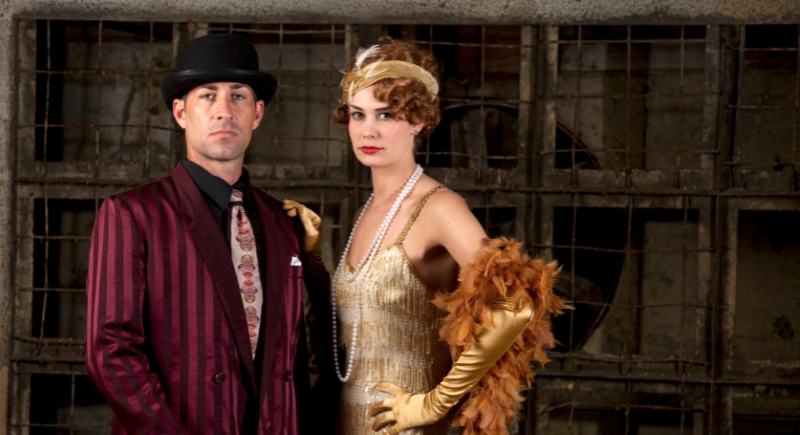
Credit: Getty Images
David showed up everywhere in the 1940s—on school rosters, church rolls, and sports teams. Its appeal was steady, backed by a meaning rooted in affection. Sandra, meanwhile, offered parents a streamlined choice: shorter than Alexandra but still formal enough for any introduction. Both names captured the decade’s taste for simple, modern picks.
Charles and Nancy

Credit: pexels
Records from schools and churches show these names repeating frequently, which leads to patterns in communities nationwide. They reflected thoughtful choices and gave children labels that felt approachable yet imbued enough history to stand with confidence in adulthood and throughout a lifetime of introductions.
Richard and Carol
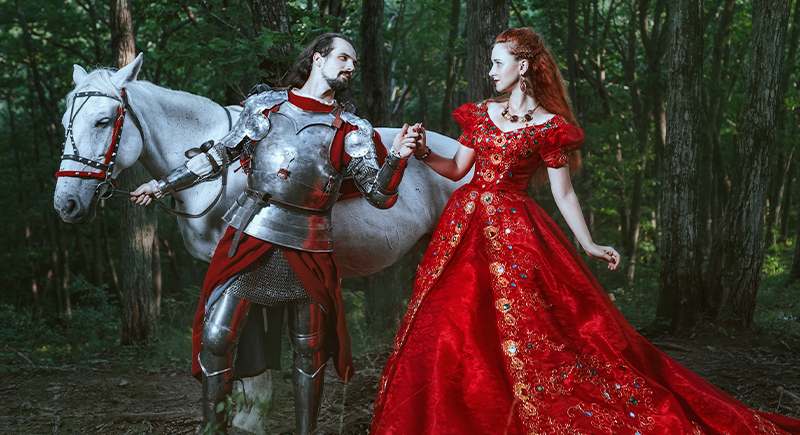
Credit: iStockphoto
Initially, Carol was a medieval English name, first used for both boys and girls, though it later settled as a feminine choice by the early 20th century. It included associations with songs and celebrations in Europe before finding popularity in America. Richard traces back to Old German roots and was introduced to England by the Normans.
Thomas and Sharon
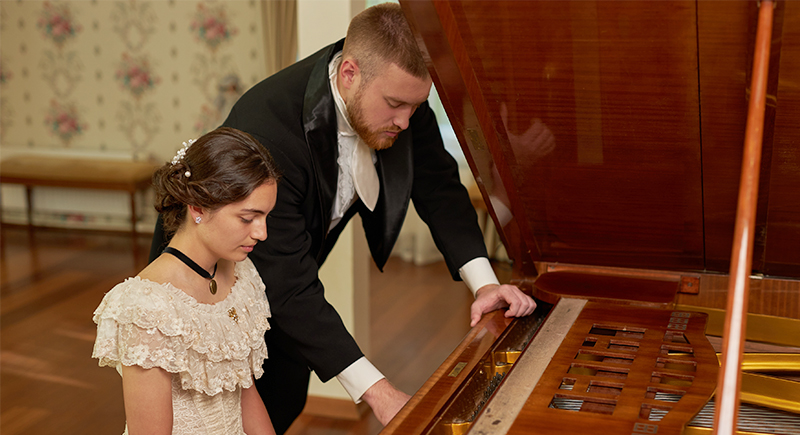
Credit: iStockphoto
When religion played a central role in American life, a large number of parents turned to scripture for names that carried deep meaning. Thomas, or “twin,” held strong biblical roots and felt dependable. Sharon, meaning “a fertile plain” in Hebrew, had a gentle spiritual link, and that was good enough for the adults in the house.
Gary and Shirley

Credit: Canva
Cultural figures in film and music helped propel Shirley into widespread use and gave it a reliability that parents valued. Its simple and familiar sound made it easy to adopt. At the same time, Gary rose through state registries as families sought shorter, modern choices.
Ronald and Susan

Credit: iStockphoto
Ronald saw its heyday in the mid-century, often chosen for its brisk, unfussy sound. Susan followed close behind, favored for its clean simplicity and graceful associations. While these names rarely top lists today, they’re unmistakable markers of a generation raised in postwar America.
Donald and Carolyn
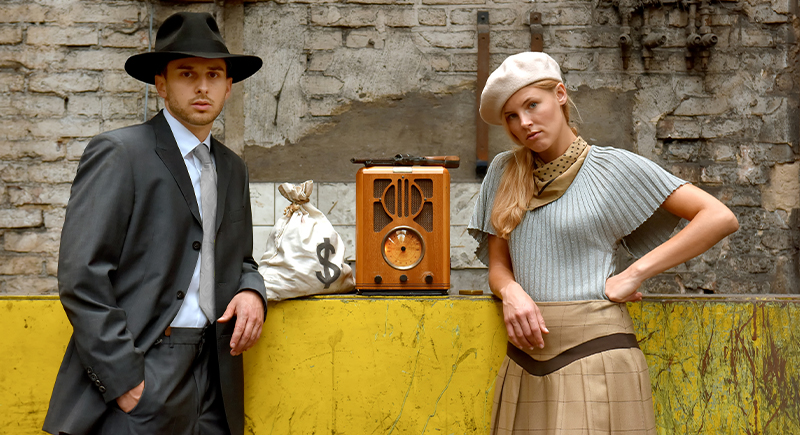
Credit: iStockphoto
Social historians point out that names like Donald and Carolyn reveal how shared naming patterns shaped identity within communities. They note that children with these names felt a sense of belonging because their classmates had similar traditional names. Carolyn was a variation of Caroline and didn’t sound overly formal. Whereas, Donald came with a solid, familiar tone that adults trusted.
Michael and Judith

Credit: iStockphoto
Michael, translating to “Who is like God?” was spiritually significant, and parents saw it as strong yet humble. Judith meant “woman of Judea” and appeared often in scripture and literature. Naming a child these names reflected values drawn from heritage and belief systems, which particularly resonated in postwar households.
Larry and Betty

Credit: iStockphoto
If you flip through school photographs and alumni records from the late 1940s, rows of children named Larry and Betty appear again and again. Larry was typically used as a shortened version of Lawrence and portrayed an easy-going vibe. Betty gained attention from famous entertainers and became lively and familiar.
Joseph And Margaret

Credit: iStockphoto
For those looking through midcentury family records, Margaret appears often and stands out as a name with deep history in English‑speaking countries. Individuals valued its many nicknames, such as Maggie or Meg, which gave it everyday ease. Joseph, meaning “He will add” in Hebrew, carried hope and forward‑looking optimism.
George And Judy

Credit: iStockphoto
George, long tied to leaders and historical figures, held firm in midcentury America, showing up regularly in official statistics. During the decade, Judy, most often short for Judith, was modern and lively. It turned popular enough to appear on theater marquees and school lists alike.